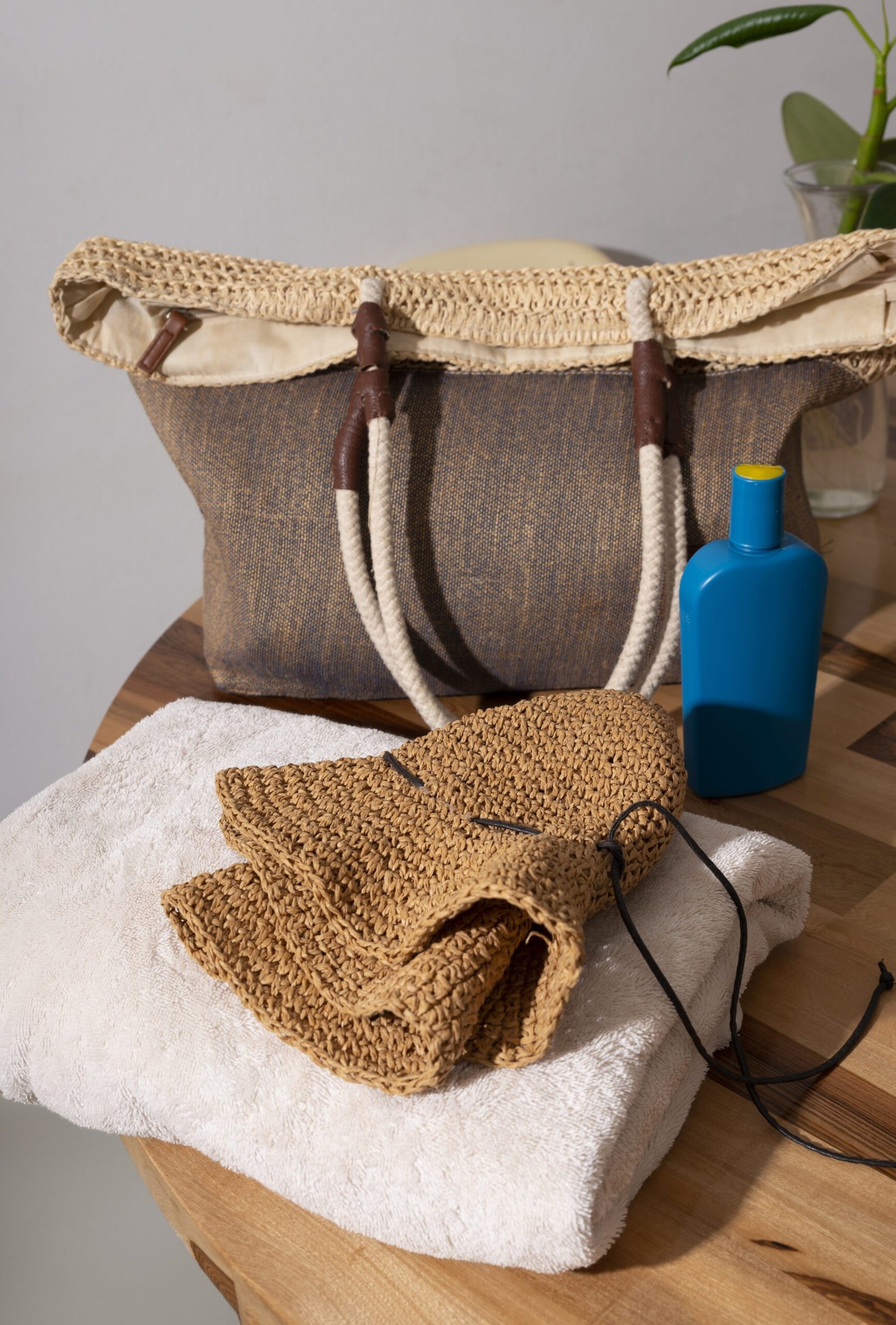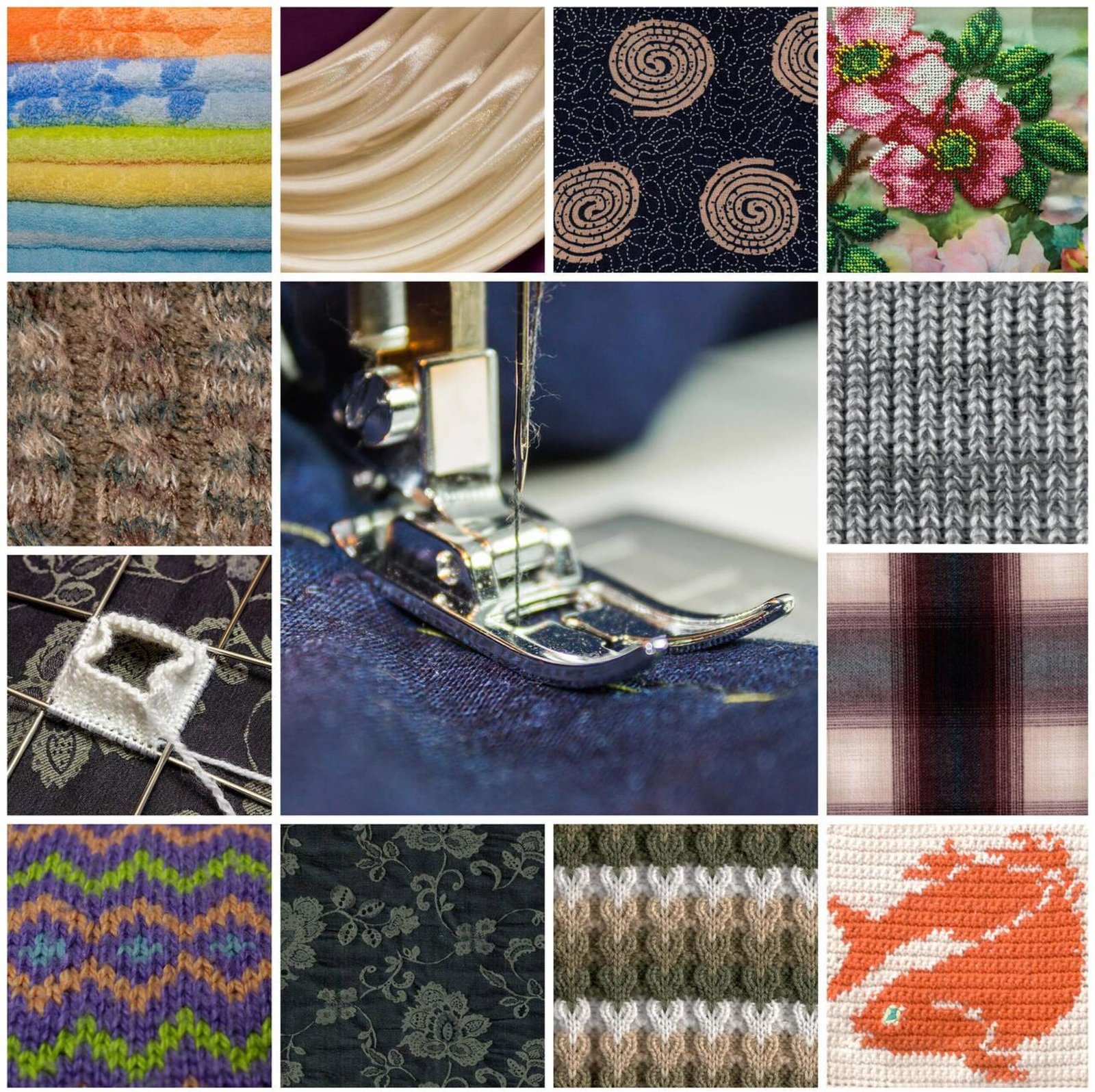Potholder Loom

Potholder Loom: Weave Your Way to Cozy Creations

Do you remember the times you spent making things when you were younger? For me, one of the best memories is using a loom to make beautiful potholders. If you’ve never used this kind of sewing tool before, you’re in for a fun time because it makes it easy to make colourful and fun kitchen items that are just right for you. With a simple loom tool, you can make beautiful and useful potholders without leaving your house. Using the classic tool known as “potholder looms” in arts and crafts projects is a great idea, whether you are new to them or have been doing them for a long time. Let’s get creative together!
I. Introduction
A. What is a Potholder Loom?
A potholder loom is one of the most useful tools for textile crafts because it can be used to make woven cloth squares, which are widely known as potholders. There are many shapes and sizes of these looms, but most of them have a grid of pegs or nails that yarn is wound through to make patterns.
II. Getting Started
A. Choosing the Right Materials
- Select a potholder loom: Choose between old-fashioned metal looms and newer plastic ones by thinking about things like how long they will last and how easy they are to use.
- Gather weaving yarn: Choose brightly coloured cotton or wool yarn to give your projects style.
- Prepare weaving tools: For easy sewing, keep scissors, a weave hook, and a fabric needle close by.
B. Setting Up Your Loom
- Secure the loom: Place it on a flat surface and ensure it’s stable before starting your project.
- Thread the loom: Securely tie the yarn to one of the pegs, and then wind it around the other pegs to make the warp threads. Make sure the tension is even as you do this.
III. Weaving Techniques
A. Basic Weaving Patterns
- Over-under Weave: To get a standard knitted look, weave the yarn over and under the warp threads at different times.
- Chevron Pattern: Try weaving yarn in a zigzag pattern to make trendy chevron patterns.
B. Advanced Techniques
- Twill Weave: To see the complicated twill design, weave yarn over several warp threads in a certain order.
- Leno Weave: Learn the leno method to use twisted warp threads to make fabric that is open and airy.
IV. Selecting Yarn
A. Understanding Yarn Weight
- Consider yarn thickness: Choose yarn that is the right weight for the thickness you want for your potholder. Remember that fabrics made from thicker yarn are stronger.
- Gauge compatibility: Change the way you weave based on the weight of the yarn to get the right tension and density.
B. Exploring Texture and Color
- Mix and match textures: Combine smooth and textured yarns to add visual interest and tactile appeal to your potholders.
- Play with color palettes: Experiment with contrasting or complementary color schemes to make your creations pop.
V. Tips for Success
A. Maintaining Tension
- Check tension regularly: Ensure consistent tension throughout your weaving to prevent puckering or loose stitches.
- Adjust as needed: Tighten or loosen the warp threads as you weave to maintain an even tension across your fabric.
B. Securing Ends
- Secure yarn ends: Weave in loose ends as you go or leave tails to be trimmed and secured later with a tapestry needle.
- Knotting techniques: Experiment with different knotting methods to securely fasten yarn ends without compromising the integrity of your fabric.
C. Adding Embellishments
- Embroidery accents: Enhance your potholders with decorative embroidery stitches or appliqué designs for personalized flair.
- Bead embellishments: Experiment with adding beads to your weaving for a touch of sparkle and dimension.
VI. Troubleshooting
A. Fixing Tension Issues
- Adjusting warp tension: Loosen or tighten warp threads as needed to correct uneven tension throughout your fabric.
- Re-weaving sections: Undo and redo problematic sections of your weaving to achieve a smoother and more consistent finish.
B. Repairing Mistakes
- Correcting weaving errors: Use a weaving hook or tapestry needle to carefully pick out misplaced yarns or stitches without unraveling your entire project.
- Patching holes: Seamlessly repair holes or gaps in your fabric by weaving in matching yarn to fill the space.
VII. Beyond Potholders
A. Expanding Your Projects
- Diversify your creations: Explore weaving beyond potholders to make coasters, placemats, or even small rugs using the same techniques.
- Customizing designs: Adapt weaving patterns and color schemes to suit different project sizes and purposes.
B. Creative Applications
- Gift ideas: Share your handmade creations with loved ones as thoughtful and functional gifts for any occasion.
- Home décor accents: Incorporate woven pieces into your home décor, from wall hangings to table runners, to add warmth and texture to your space.
VIII. Care and Maintenance
A. Washing and Drying
- Hand wash recommended: Preserve the integrity of your woven fabric by gently hand washing in lukewarm water with mild detergent.
- Air dry flat: Avoid distortion or stretching by drying your potholders or woven items flat on a towel away from direct heat or sunlight.
B. Storing Your Loom
- Protect your loom: Store your potholder loom in a clean, dry place to prevent dust accumulation and damage.
- Organize supplies: Keep weaving tools and yarn neatly organized in a designated storage container or craft bag for easy access and maintenance.
IX. Community and Resources
A. Joining Online Communities
- Connect with fellow weavers: Join online forums or social media groups dedicated to potholder loom weaving to share tips, inspiration, and project ideas.
- Seek guidance and support: Reach out to experienced weavers for advice on troubleshooting challenges or expanding your skills.
B. Finding Inspiration and Support
- Explore tutorials and patterns: Utilize online resources, books, or workshops to learn new techniques and discover fresh inspiration for your weaving projects.
- Share your journey: Document your weaving journey on social media or a personal blog to inspire others and foster a sense of community within the crafting world.
X. Conclusion
A. Celebrating Your Creations
- Take pride in your work: Regardless of your skill level, each woven piece is a testament to your creativity and dedication.
- Share your achievements: Display your finished potholders and woven projects with pride, whether in your kitchen or as part of your home décor.
- Embrace the joy of handmade: Revel in the satisfaction of creating something beautiful and functional with your own hands, and let it inspire you to continue exploring the world of potholder loom weaving.
B. Looking Forward to Future Projects
- Dream big: Let your imagination soar as you envision the endless possibilities for your next weaving adventure.
- Set new goals: Challenge yourself to learn advanced techniques, tackle larger projects, or experiment with unconventional materials to push the boundaries of your craft.
- Embrace the journey: Whether you’re a novice weaver or a seasoned pro, each project is an opportunity for growth, creativity, and joyful expression through the art of weaving.
In conclusion, the world of potholder loom weaving offers a delightful blend of creativity, craftsmanship, and practicality. From selecting materials to mastering weaving techniques, each step of the process is an invitation to explore, experiment, and create something uniquely yours. So why not embark on this weaving journey today? Whether you’re weaving potholders for your kitchen or crafting intricate designs for home décor, the possibilities are endless, and the joy of weaving awaits. So gather your materials, set up your loom, and let your creativity flow as you weave your way to cozy creations and memorable moments in the wonderful world of potholder loom weaving.
